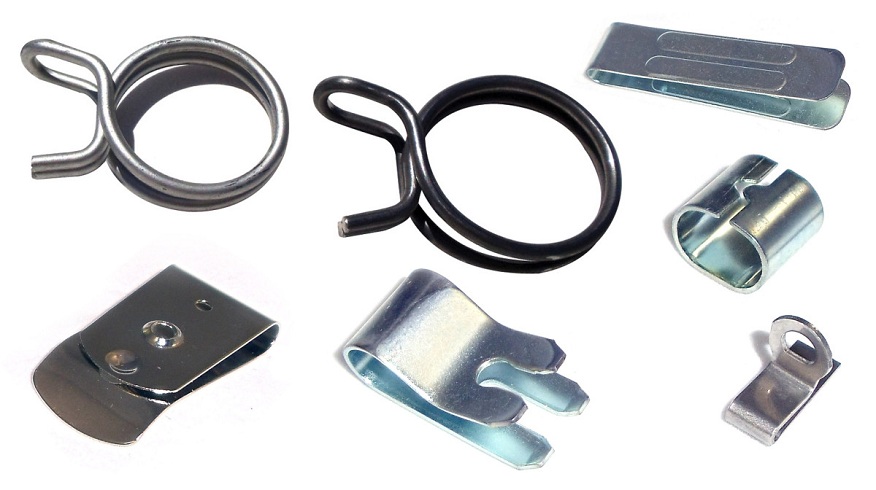
The onboard systems of any vessel depend on the unfailing performance of simple, thin-metal hose clamps. While they seem a mundane bit of inexpensive hardware, mistakes in their selection and application can be expensive. Look for a marine-grade hose clamp that’s 316 stainless steel, both screw and bolt housing. Steer clear of the less expensive 304 stainless steel, which is more prone to corrosion and lacks molybdenum.
Corrosion Resistant
Many water and corrosive chemicals pass through marine hose clamps, so the steel quality is essential. It should be at least 316 stainless steel, the standard marine grade. It has a higher percentage of molybdenum, chromium, and nickel than the less expensive 304 stainless. The band, screw, and bolt housing should all be stainless. Check them for this by running a magnet over the clamp. A cheap stainless steel-plated clamp with a galvanized band and plated bolt will rust and fail in a marine environment.
In addition, a slotted-type clamp with a sharp metal tail may cut or scrape skin. It’s dangerous in a bilge, head, or sanitation plumbing area where a person could get an infection or tetanus (all full-service yard workers and crew should have up-to-date tetanus shots). An excellent, rounded, solid band with a smooth edge is better.
Pressure Rating
Hose clamps are often overlooked but are essential components on any vessel. Insurance claims files show that many accidents have been caused by leaking or detached hoses, including exhaust leaks and fuel spills. A high-quality stainless steel marine hose clamp should be rated to support the intended pressure load. A good rule of thumb is to choose a hose clamp that is two times the maximum rating of the adapter or hose connection to which it is attached.
Temperature Range
One of the most important factors is whether your hose clamps will be subjected to extreme temperatures and environmental conditions. These conditions ultimately dictate the type of clamp you should use. For example, if you’re using them with marine fuel or exhaust, you’ll need clamps that can withstand high-temperature conditions. Clamps that won’t withstand those extremes could lose their grip, and they may leak. Another essential factor to consider is whether the clamps will withstand elongation or microcracking, which can happen over time when subjected to constant stress. One way to test for this is by using a magnet; higher-quality stainless steel clamps, screws, and gear housings will not stick to the magnet.
Stainless Steel
Hose clamps are often overlooked and under-appreciated but perform crucial functions onboard boats. They keep seawater out and secure hoses so fuel, waste, and exhaust can be safely moved around the vessel. The type of stainless steel used to make a hose clamp impacts its performance and durability. Stainless steels are available in different grades, each with qualities and requirements for a specific application. For example, some types of stainless steel are better able to resist corrosion than others. For marine applications, the best choice is 316-grade stainless, which contains molybdenum for even more corrosion resistance. It also has superior welding characteristics and flexibility.
Durability
In the marine environment, durability is paramount. Standard automotive perforated hose clamps with a galvanized band and plated mild-steel screw will corrode quickly and should not be used in marine applications. A too-sharp field-trimmed tail on a clamp presents an injury hazard and can catch clothing and gear. Similarly, an improperly sized clamp can run out of adjustment before imparting the proper pressure on a hose installation. While hose clamps may seem small and unimportant, they perform crucial functions that many boaters depend on for safety and functionality. By providing a leak-free connection, they optimize system performance and extend the life of hoses and fittings. When choosing a hose clamp, consider the material, pressure rating, and temperature range. Also, look for a low profile to fit tight spaces and easy access for adjustments and removal.
